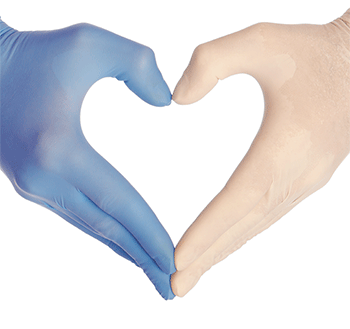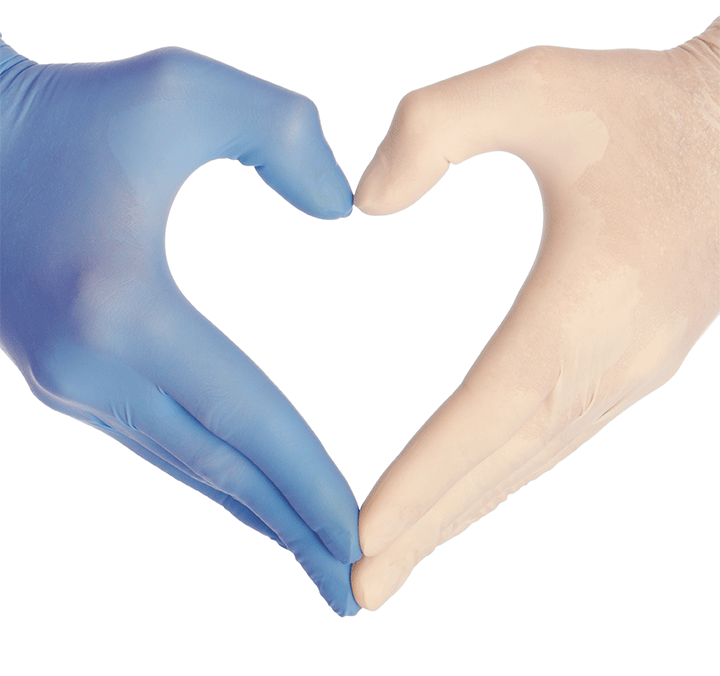Try a mock survey to ensure patient safety.
PRESIDENT Calvin Coolidge once said, “The chief business of the American people is business,” but that was decades ago. Now, the chief business of American business has expanded to include the production of safe goods and services—and you can add to that a safe working environment. So, laws and regulations continue to proliferate.


Good grief! Presumably, as in the past, the “more rigorous and speedy” investigations will be limited to sentinel events that involve unexpected death, but will not include adverse events (errors, accidents, or misjudgments) that lead to increased morbidity, which may be a more fruitful area of study. An astounding array of regulations already govern healthcare and it hasn’t seemed to reduce errors at all. In fact, if this recent BMJ study is correct, errors that lead to death have more than doubled since the Institute of Medicine study (“To Err is Human”) was published in 1999. The addition of “near misses” frightens even the stoutest of hearts. If the past is any predictor of the future, the number of errors will likely continue to change and grow as the complexity of rules, guidance, and enforcement related to ICD-10, 340B, meaningful use, the Affordable Care Act, transparency, and security and privacy released by federal and state policy makers also continues to change and grow.
Given that state and federal laws (not to mention almost all private insurers) require compliance, the case for compliance with Centers for Medicare and Medicaid Services’ Conditions of Participation—and the various standards it spawns—is a sine qua non for hospitals. Therefore, if the hospital can identify where it’s noncompliant and correct the situation before a survey, not only will the hospital protect the patient from harm, but it also will avoid being cited for noncompliance. And almost as important, it will streamline clinicians’ workflow and likely increase their competence, improve administrative procedures and policies, and help ensure a safe physical environment for all. A good mock survey instantly delivers concise, evidence-based content entries directly to clinicians, enhances interprofessional coordination, and helps ensure standardization and consistency of patient care across the organization. Properly run, a mock survey:
- streamlines the electronic health record–based care delivery process with links to critical health information
- trains new nursing staff on the latest procedures and skills and ensures that equipment and drugs are clean, readily available, and regularly inspected
- reviews policies, procedures, and personnel files to ensure up-to-date compliance
- inspects the physical aspects of the organization to ensure safety and compliance to various codes
- examines and investigates the hospital’s contracts for goods, services, and personnel to ensure hospital and vendor compliance with standards, codes, and regulations.
Ensuring patient safety and qualifying for third-party reimbursement is the business of America’s hospitals. If you don’t qualify, then the endless cycle of hurry up, cut corners, and try to fool the experts will continue—as will the seemingly unstoppable increase in patient errors.


Leah Curtin, RN, ScD(h), FAAN
Executive Editor, Professional Outreach
American Nurse Today
Selected References
Institute of Medicine. To Err Is Human: Building a Safer Health System. November 1999. nationalacademies.org/hmd/~/media/Files/Report%20Files/1999/To-Err-is-Human/To%20Err%20is%20Human%201999%20%20report%20brief.pdf
Makary MA, Daniel M. Medical error—The third leading cause of death in the US. BMJ. 2016;353:i2139.
ant2-Curtin-117


















